Types of Metal Bending Processes
Sheet metal bending techniques share the common goal of shaping metal into desired forms, yet their operational principles vary significantly. Mastering these methods requires an understanding of key factors such as material thickness, bend dimensions, radius of curvature, and intended application—all of which influence the selection of the most suitable bending process.
The following methods illustrate not only how to bend sheet metal, but also how to choose the right technique for optimal results. The most common sheet metal bending methods include:
V-Die Bending

This is the most widely used bending method, applicable to the majority of bending projects. It utilizes a punch and a V-shaped die to form the sheet metal to the desired angle. During the process, the punch presses the metal sheet into the V-die.
The resulting bend angle depends on the depth to which the punch enters the die. This method is straightforward and efficient, as it often allows bending without repositioning the workpiece.
V-die bending can be categorized into three subtypes:
Bottoming
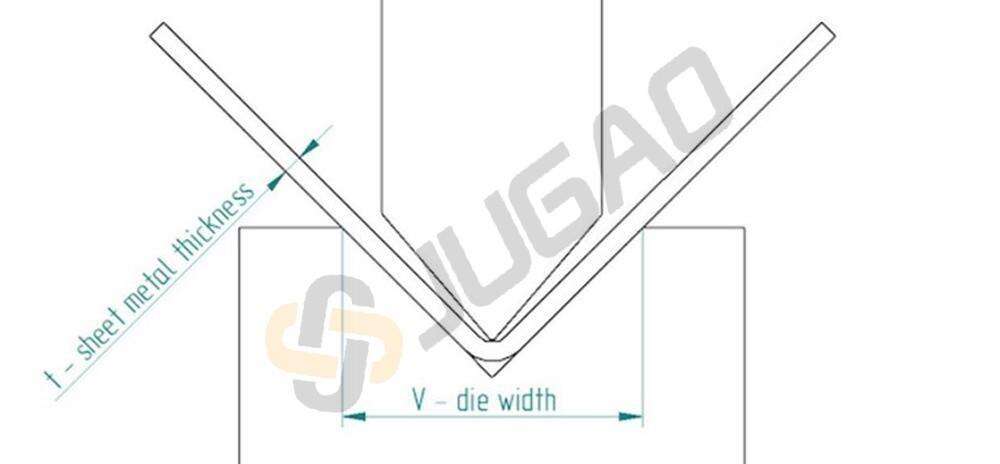
Bottoming is similar to air bending, but with a key difference: the punch forces the sheet completely into the die until it makes full contact with the die surfaces. This approach reduces the risk of defects associated with air bending.
This method requires higher tonnage, as additional force is needed to complete the deformation and hold the part in place after forming. It is compatible with various V-die configurations.
Bottoming offers high accuracy and does not require precise tonnage control, making it suitable for use with older or less precise press brakes.
Coining
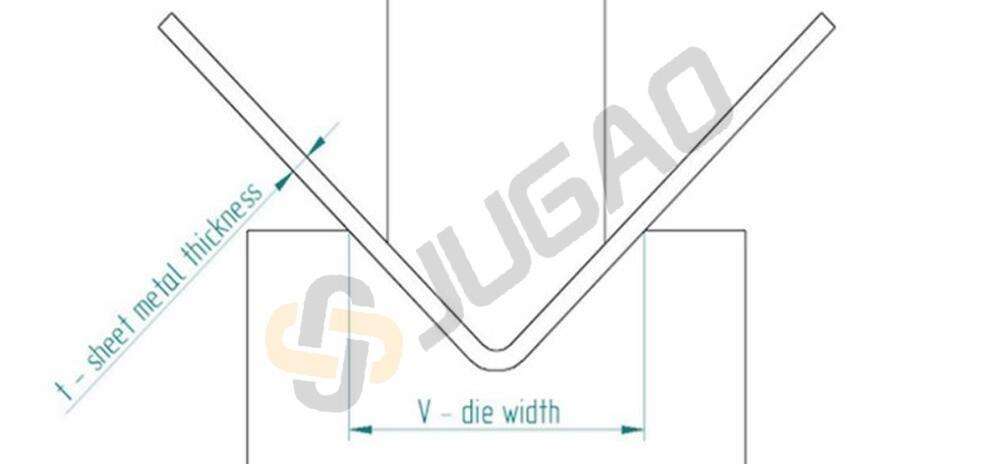
Coining involves pressing the metal sheet between the punch and die under very high tonnage. This results in a highly precise bend angle with minimal springback.
Although coining delivers excellent accuracy, it demands higher tonnage and has longer cycle times compared to other methods.
Air Bending
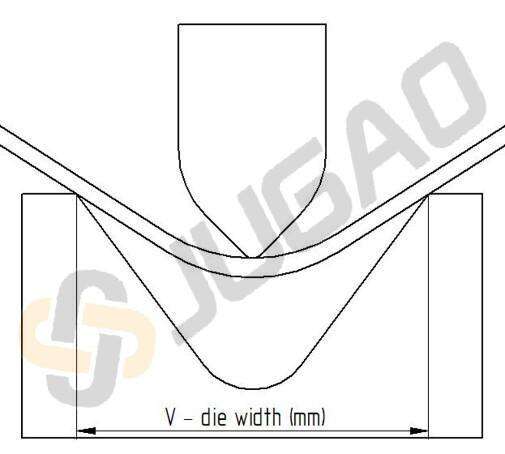
Air bending (or partial bending) is less accurate than bottoming or coining but is widely used due to its simplicity and tooling flexibility, as it does not require specialized dies.
A notable drawback is that air bending is more susceptible to springback.
In this process, the punch applies force at two points on the sheet above the die opening. Since the sheet does not contact the bottom of the die, a press brake is typically used for V-die air bending.
(A press brake is a machine used in sheet metal fabrication that clamps the workpiece and applies force between a punch and die to form the desired bend.)
Roll Bending
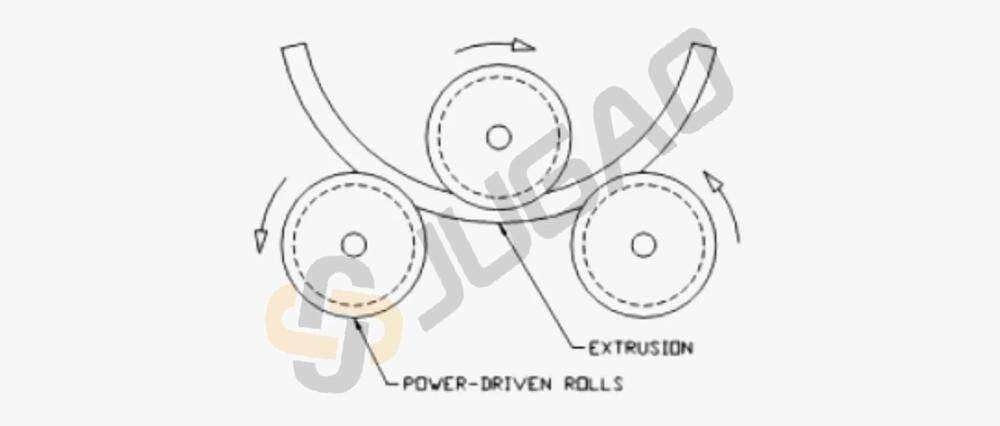
Roll bending uses a set of 2, 3, or 4 rollers to form metal sheets into curved shapes. The most common setup is a 3-roll pyramid configuration, where the top roller is adjustable and the bottom two are fixed.
The sheet is fed between the top roller and the two fixed rollers. As the rollers rotate, they grip the sheet while the adjustable roller applies downward pressure to achieve the desired curvature. A 4-roll system adds an additional roller for better support, making it ideal for heavy-duty applications.
This method is primarily used for producing cylindrical or conical shapes such as pipes, gas cylinders, tanks, pressure vessels, and tubing.
Wipe Bending

Wipe bending (or edge bending) uses a wipe die and a punch. The sheet metal is clamped between the die and a pressure pad, exposing the section to be bent. The punch then moves downward, wiping the material over the die edge to form the desired angle. This method is a good alternative to press braking for smaller flanges.
This technique allows multiple edges to be formed simultaneously, improving productivity. It also minimizes the risk of surface cracking in the bend area.
Rotary Bending
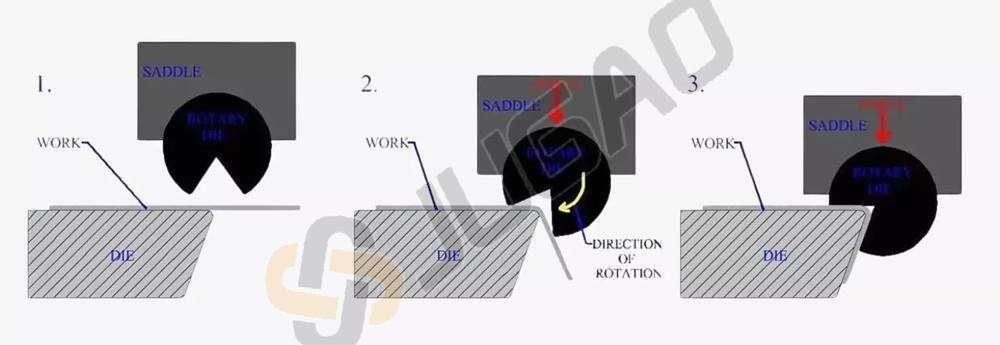
Rotary bending is commonly used for bending tubes and pipes with curvatures ranging from 1° to 180°, but it is also applicable to sheet metal. The process involves three main components: a bending die, a clamping die, and a pressure die. The bending and clamping dies secure the workpiece, while the pressure die applies tangential force from the free end toward the bend reference point. Rotating dies can be adjusted for precise bend angle and radius control. A mandrel is often inserted inside tubes during bending to prevent collapse, but is not needed for solid sheet metal parts.
This forming method is suitable for creating bends in flat sheets and is widely used in tube and pipe fabrication.
Rotary bending offers excellent control, allowing tight tolerances of ±0.5°. Since the required tonnage is 50% to 80% lower than in other methods, the risk of surface defects such as cracking is significantly reduced.


















































